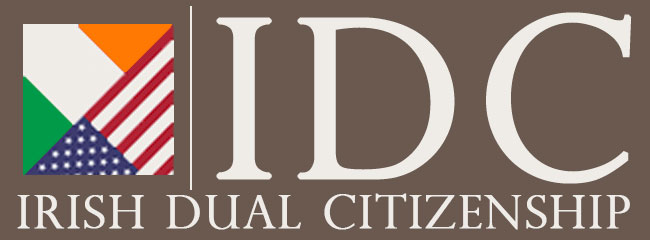Irish Dance Terminology
AN EDUCATIONAL guide for learning and understanding irish dance culture
Dancing has been part of the culture of Ireland for thousands of years, dating back as least as far as the ancient Druids. Over the centuries, the steps and music have evolved along with the occasions when dancing takes place. The Celts are widely credited with turning dancing into a social event, hosting ceilis that featured music, dancing, and storytelling. The steps and techniques of traditional Irish dance were formalized in the 18th century, when dance teachers began organizing competitions between their students.
Today, Irish dance is an integral part of Ireland’s identity and culture and a point of national pride. In 1994, Ireland shared this part of its heritage with the world in the form of a short performance called Riverdance, presented during an intermission of the Eurovision Song Contest. The performance made such an impression that it overshadowed the competition itself, and its producers quickly expanded it into a full stage show. Riverdance became an international hit, bringing Irish dance and music with a modern twist to stages all over the world. The popularity of Riverdance sparked a surge in interest in Irish dance, leading to the establishment of Irish dance schools and competitions worldwide and a greater appreciation for Irish culture.
If you’re interested in learning Irish dance, you’ll need to understand the vocabulary of this art form, which includes terms from both languages of Ireland: Irish and English. Some of the Irish terms can be a bit confusing at first, but learning the terminology of Irish dance is really no more difficult than grasping the vocabulary of ballet, which is also built on words that aren’t in English. With time and practice, anyone can go from being a complete beginner to a master of the art form.
Battering: Striking the floor with hard shoes to create rhythmic sounds
Bird: A leap with one leg straight out in front and the other tucked under the body
Brush: A move in which the dancer lightly brushes the ball of the foot against the floor
Ceili: A gathering that features traditional group dances and music
Click: Hitting the heels of both hard shoes together during a movement
CLRG: An Coimisiun Le Rinci Gaelacha, the world’s largest governing organization for Irish dance competitions
Cross: A position in which the dancer’s legs are crossed with the knees aligned
Feis: An Irish dance competition
Ghillies: Soft shoes worn for reels and light jigs
Hard Shoes: Shoes with hard tips and heels worn for hornpipes, treble jigs, and set dances
Hornpipe: A dance characterized by complex rhythms in 2/4 or 4/4 time that’s performed in hard shoes
Jig: An Irish dance performed in 6/8 time
Oireachtas: A championship competition or Irish dance festival
Reel: A fast-paced dance in 2/4 or 4/4 time performed in soft shoes
Set Dance: A choreographed group dance set to a specific piece of music and performed in hard shoes
Slip Jig: A graceful, flowing jig in 9/8 time
Step Dancing: A style of dancing characterized by a rigid upper body and precise footwork
Switch: A movement in which the dancer leaps in place and changes which leg is in front
Toe Stand: Standing on the toes
Turnout: An outward rotation of the legs that positions the feet so that they form a straight line from the left toes to the right toes
Additional Resources
- Traditional Dance in Ireland
- The History of Irish Dance
- Types of Irish Dancing
- How Irish Dance Became a Significant Business for Irish Women
- Changes in Irish Dance Since Riverdance
- The Lasting Legacy of Riverdance
- How Irish Dance Has Become More Diverse Over the Decades
- A Brief History of Traditional Irish Step Dancing
- How to Become an Irish Citizen
- How Irish Dancing Conquered the World
- Riverdance at the Eurovision Song Contest
- The Evolution of Women’s Irish Dance Costumes
This page was last updated by Marco Permunian


